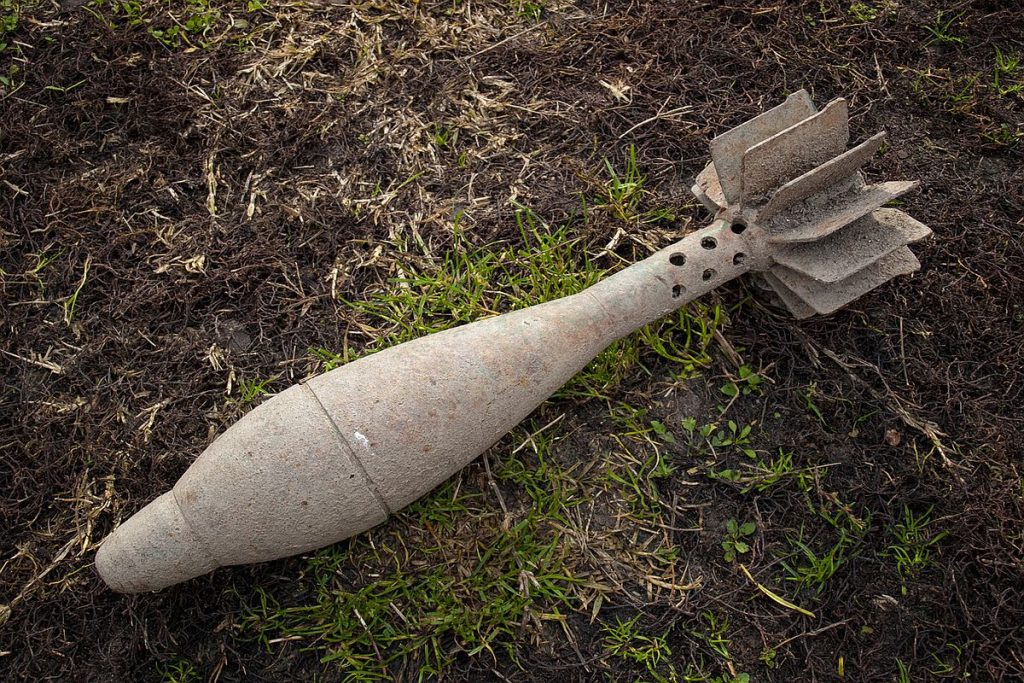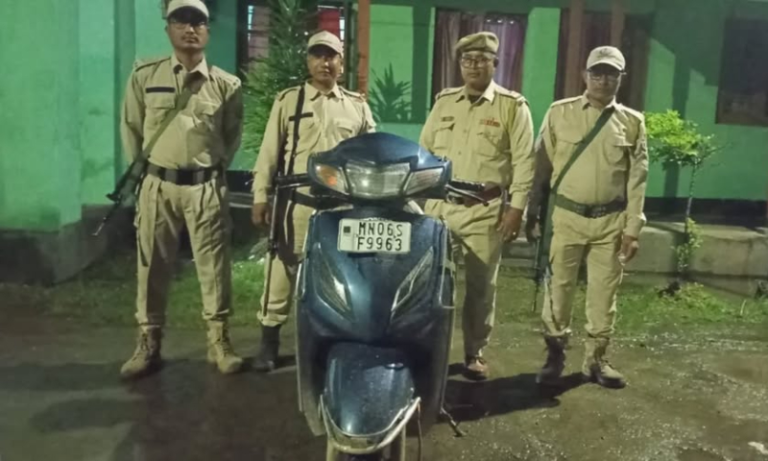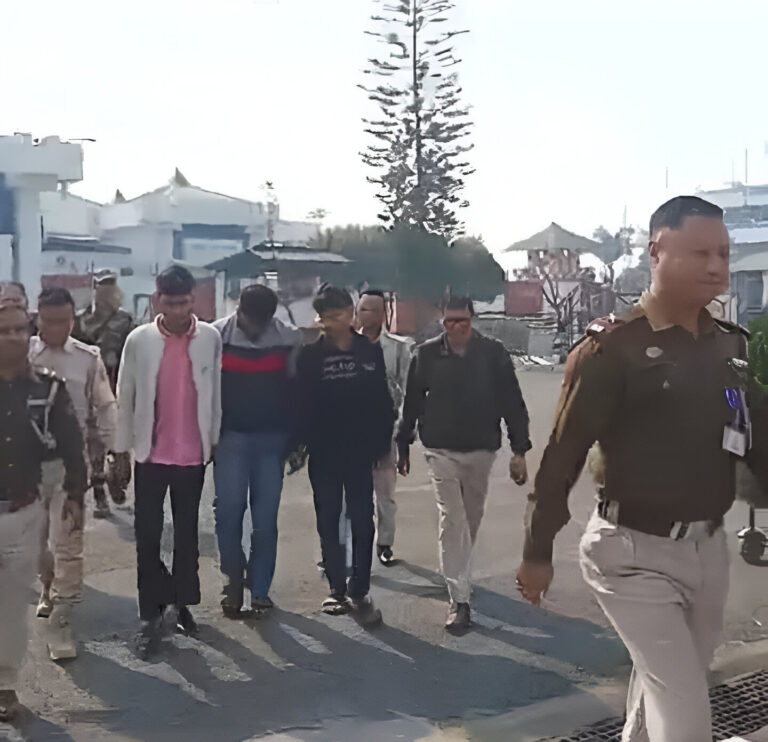The Neutralization of a WWII Bomb in Manipur’s Moreh
Summary of the News
A World War II-era unexploded bomb was discovered on June 29, 2025, during excavation in a paddy field near Moreh (Tengnoupal area) along the India–Myanmar border at around 10:30 AM under Moreh Police Station. Quickly responding, a joint team comprising Indian security forces, the Manipur Police Bomb Detection and Disposal Squad, and a sniffer dog successfully neutralized the vintage ordnance. This region, a former British supply depot during the Burma Campaign, periodically yields similar relics from WWII heavy fighting in 1944 involving Allied forces, the Japanese Army, and the Indian National Army
Unearthing History:
1. Setting the Scene: What Went Down
Ever wondered how a sleepy paddy field can suddenly become a blast from the past? Picture this: June 29, 2025, around 10:30 AM in Moreh, a bustling border town in Manipur. As workers dug earth for agriculture near Tengnoupal under the watch of Moreh Police, their excavators struck something metallic. But it wasn’t just any metal—it was a time bomb, literally. A World War II-era shell, buried for over eight decades, lay unaccounted for—until now .
2. A Race Against Time: The Bomb Disposal Operation
No panic, no sirens—just swift action. Within minutes of the alert:
- A team of security forces, aided by the Manipur Police Bomb Detection and Disposal Squad, dashed to the scene.
- A trained sniffer dog was deployed—yes, even canine superheroes play their part.
- In a controlled maneuver, the ordnance was rendered harmless, neutralized safely on site.
Cool-headed, efficient, and deadly effective—that’s how you handle eight-decade dormant explosives
3. Why Moreh? Spoiler: WWII Left a Ghostly Mark
Let’s rewind to 1944. Moreh wasn’t just another dot on the map. During the Burma Campaign—a fulcrum point of WWII—it served as a British depot, bristling with arms, ammunition, and nearby Allied positions. It saw fierce skirmishes involving Indian and British troops, Japanese forces, and the INA. The ground turned literal memory banks—unused bombs were hastily buried or ditched. Today, those buried relics still show up in fields, construction sites, and riverbeds
4. Walking Through the Aftermath: What It All Means
a) Every Find is a Hazard
Unexploded Ordnance (UXO) isn’t child’s play. These vintage munitions, forgotten underground, can become ticking time bombs when disturbed—putting farmers, workers, and residents at risk.
b) A Pattern of Unearthing
This isn’t a one-off. In 2024, two bombs popped up in Kakching. In recent years, dozens surfaced in Moreh—sometimes hundreds in a single haul—highlighting the gritty legacy of WWII in Manipur .
c) An International Echo
Similar relics litter landscapes across Pacific and Southeast Asia—Philippines, Myanmar, Singapore. Each trigger event sparks coordinated disposal efforts, a reminder that war’s echoes linger far beyond its declared end.
5. Tech and Teams: The Modern UXO Hunters
Teamwork makes the dream work—or in this case, the bomb work.
- Canine Detectors: Dogs still sniff out explosives better than scans sometimes.
- Policing Muscle: The Manipur Bomb Disposal Squad, trained in defusing, took control.
- Security Forces: Provided safety cordons, evacuation measures, and forensic study post-blast.
- Historical Know-how: Acknowledge the battlefield heritage; use archeo-forensic insights to map UXO hot zones.
6. The Human Connection: Stories Beyond the Blast
Imagine the farmer who poked his field and found a relic of global history. Imagine the squads—exchanging high-fives post-defuse, thankful no one got harmed. Their coordinated, confident action is proof that communities and security forces can weave safety networks together, even with threats from another world war.
7. Digging Deeper: The Regional Implications
- Rural Resilience: Moreh is an agrarian town. A UXO find disrupts livelihoods, raising insurance and economic challenges.
- Border Security: Pulled sights along the India–Myanmar border can both physically and diplomatically shift priorities.
- Tourism History: Imphal’s WWII heritage draws tourists. Every discovery can spur historical curiosity—but must be managed carefully to avoid sensationalism.
- Policy Insights: Moreh’s scenario nudges for accessible UXO awareness clinics, compensation schemes, rural safety training, and heritage conservation.
8. The Bigger Picture: Remembering WWII in the Present
WWII isn’t so ancient here—it’s etched into soil and memory. Each UXO find peels back time, highlighting stories—of battle strategies, soldier lives, homefront efforts, and international alliances. Manipur isn’t just preserving history in dusty books—it’s living it, in every field, ruin, and artifact.
9. Your Role: Staying Safe and Smart
- Spotting: Metallic bulges, strange shapes, old rusted canisters? Report, don’t poke.
- Reporting: Call local police. Clear cordons. Allow PDSD (Police Disposal Squad) to do their job.
- Educating: Schools, panicked villagers, farmers—everyone should know UXO safety.
- Remembering: Each find is a silent memorial. Handle with care, and preserve memories.
FAQs
1. Why are WWII bombs still found in Manipur?
Manipur, especially near Moreh, was a hub of WWII military action. Many bombs were buried or hidden and never recovered, surfacing only when disturbed decades later
2. Who handles unexploded bombs?
Specialized teams—Bomb Disposal Squads (PDSD) with trained dogs and officers—team up with local police and security forces to neutralize them safely
3. Is Moreh the only hotspot for UXOs?
Nope. Similar bombs have surfaced in Kakching, Imphal, Nagaland, and other northeastern regions with WWII history
4. What type of bomb was neutralized this time?
Details weren’t specific, but given Moreh’s history, it was likely a military shell from the WWII-era Burma Campaign
5. How can locals stay safe from UXOs?
Be alert—especially during digging or construction. Report suspicious items to authorities, keep distance, and let bomb disposal teams manage it.





